Scientists Discover Gigantic ‘Structure’ Under the Moon’s Surface
Scientists have made a groundbreaking discovery, unearthing an enormous structure hidden deep beneath the surface of the Moon. This finding is not just a mere curiosity but a significant step forward in understanding the Moon’s geological history.
The preserved crater is over one hundred and twenty miles in length and stretches for nearly 200 miles deep beneath the white rock of the Moon’s surface, leaving scientists baffled as to its origins. Some suggest a metallic asteroid could have smashed into the celestial body deep in antiquity.
The Mysteries of the Moon
The moon’s soft white glow and ever-changing shape and size have likely captivated the interest of humans and animals since the beginning of time.
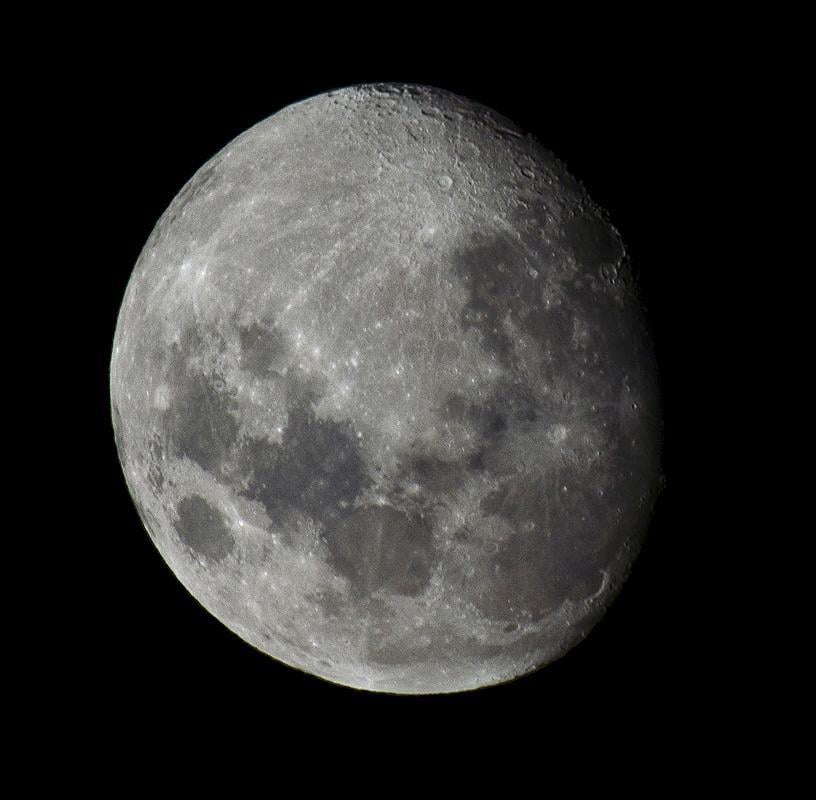
Source: Wikimedia
While researchers believe we have a fair understanding of the white sphere in our night sky, there is still plenty we have yet to learn about its potential. Recently, scientists were taken aback after coming across something buried deep beneath the Moon’s surface.
The South Pole-Aitken Basin
A recent report titled “Deep Structure of the Lunar South Pole-Aitken Basin” revealed that researchers had discovered a structure buried beneath one of the largest known craters in the Solar System under the Moon’s South Pole.

Source: Wikimedia
The structure is located on the far side of the Moon, beneath a region known as the South Pole-Aitken Basin.
Measurements of the Enormous Structure
Initial estimations have been completed on the enormous structure, which weighs around 2.18 billion kilograms, according to the report.

Source: Freepik
Researchers have determined the unusual “anomaly” is 1,243 miles in length and extends to a depth of 186 miles. Upon its initial discovery, the team of US scientists could not say for sure exactly what the structure was, but after in-depth research, they have one theory.
What Lies Beneath the Moon’s South Pole
Speaking on the discovery, the researchers who have been working on the anomaly have suggested that the gigantic structure may be comprised of metal from the asteroids’ core.
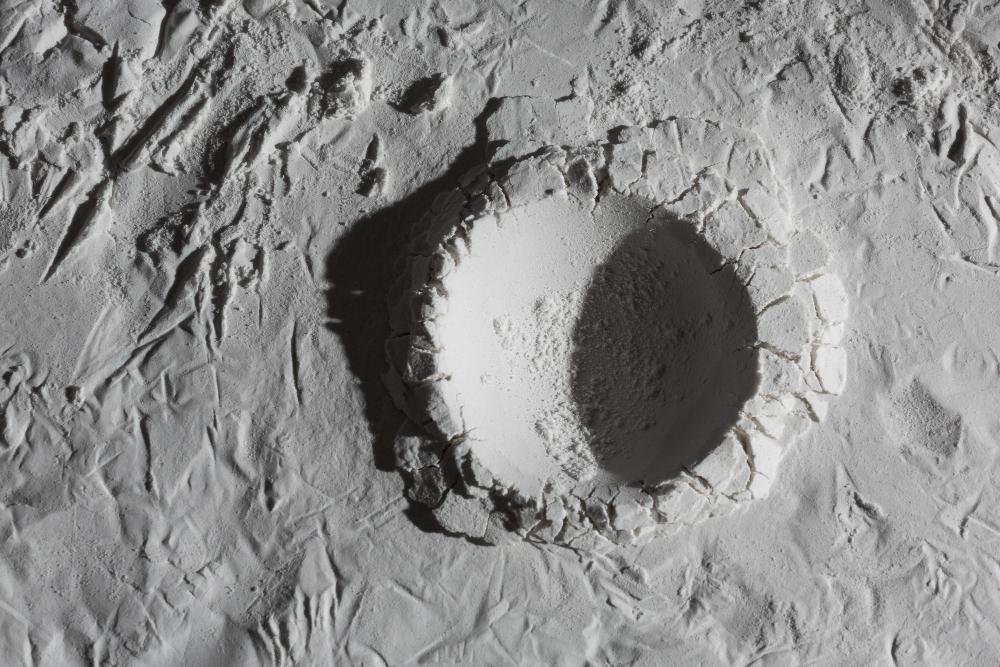
Source: Freepik
Others have suggested it could be oxides that occur when a magma ocean crystalizes. Nonetheless, the find has truly excited the scientific community.
Lead Author Speaks on the Find
The study’s lead author, Peter B. James, from Houston’s Baylor University, discussed the discovery during an interview with IFLScience.

Source: Freepik
According to James, he agrees with the asteroid theory, stating that “One of the explanations of this extra mass is that the metal from the asteroid that formed this crater is still embedded in the Moon’s mantle.”
Just How Big is the Structure?
While it can certainly be hard to picture just how gigantic the structure is, James, who’s currently the assistant professor of planetary geophysics at Baylor’s College of Arts & Sciences, shed light on the issue in a written piece on the university’s website.
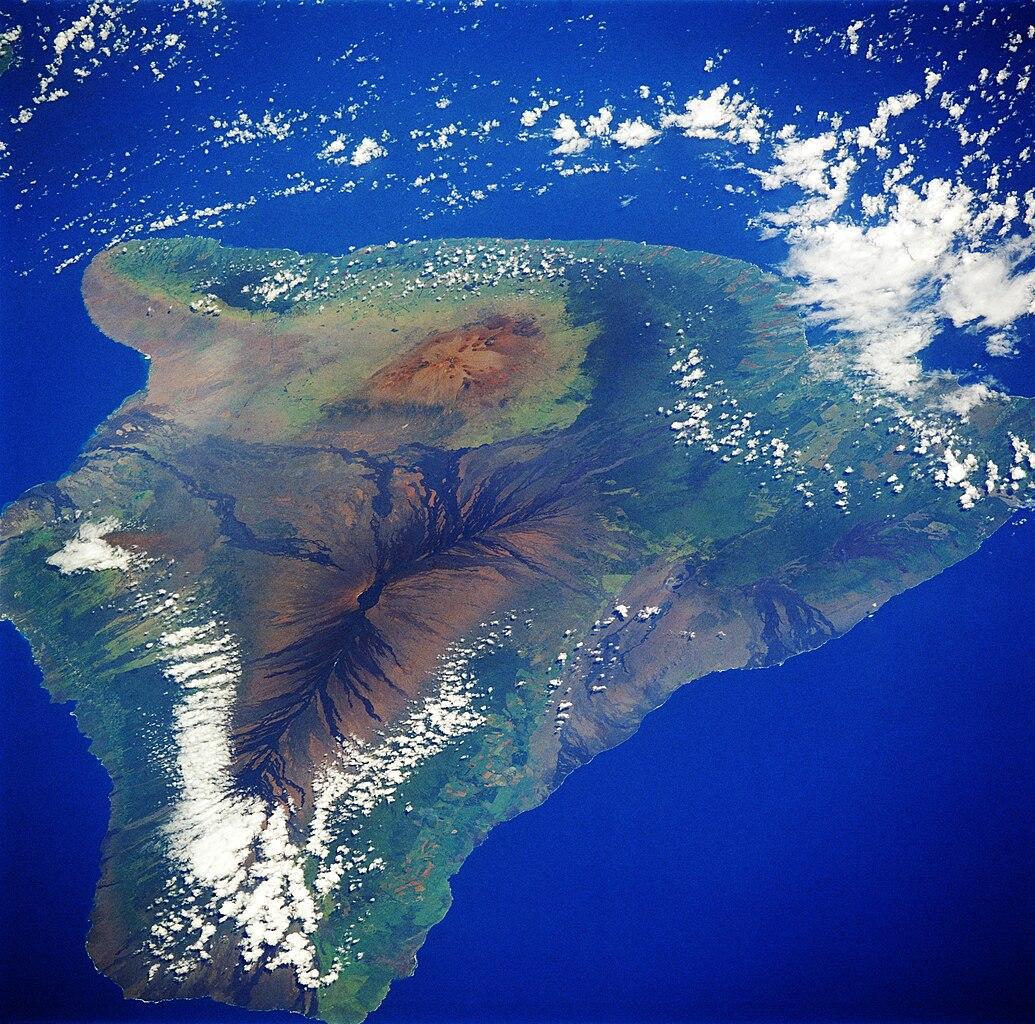
Source: Wikimedia
“Imagine taking a pile of metal five times larger than the Big Island of Hawaii and burying it underground. That’s roughly how much-unexpected mass we detected,” said James.
How Was the Structure Discovered?
As the enormous structure is on the far side of the Moon, it could not have been spotted by Earth. However, thanks to NASA’s Gravity Recovery and Interior Laboratory (GRAIL) mission, which observes a change in the Moon’s gravitational field, the discovery occurred.
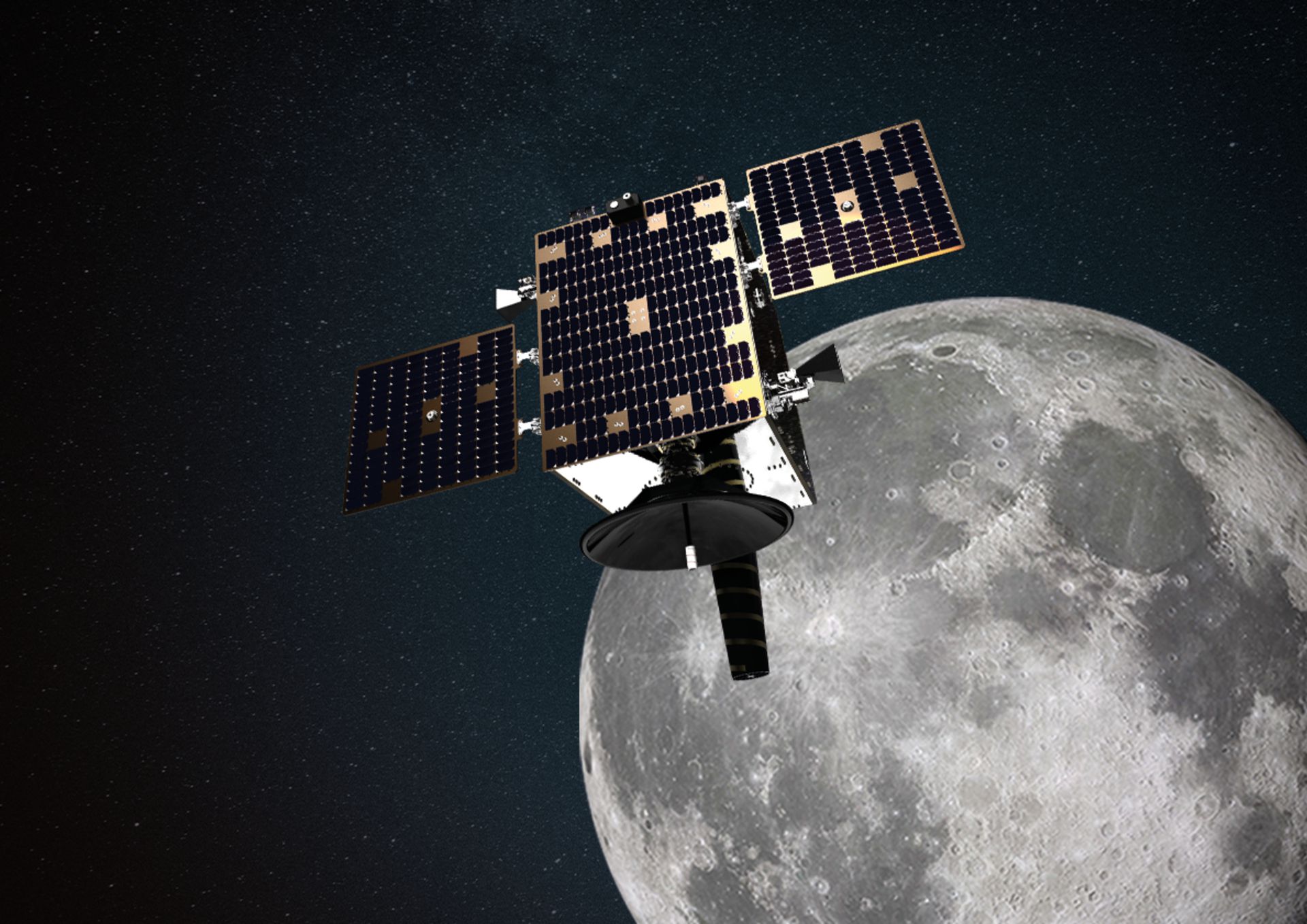
Source: European Space Agency
The data collected by GRAIL were used to study the internal composition of the celestial body and ultimately led to the discovery.
Metal From the Asteroid is Embedded in the Moon's Mantle
“When we combined that with lunar topography data from the Lunar Reconnaissance Orbiter, we discovered the unexpectedly large amount of mass hundreds of miles underneath the South Pole-Aitken basin,” said James.
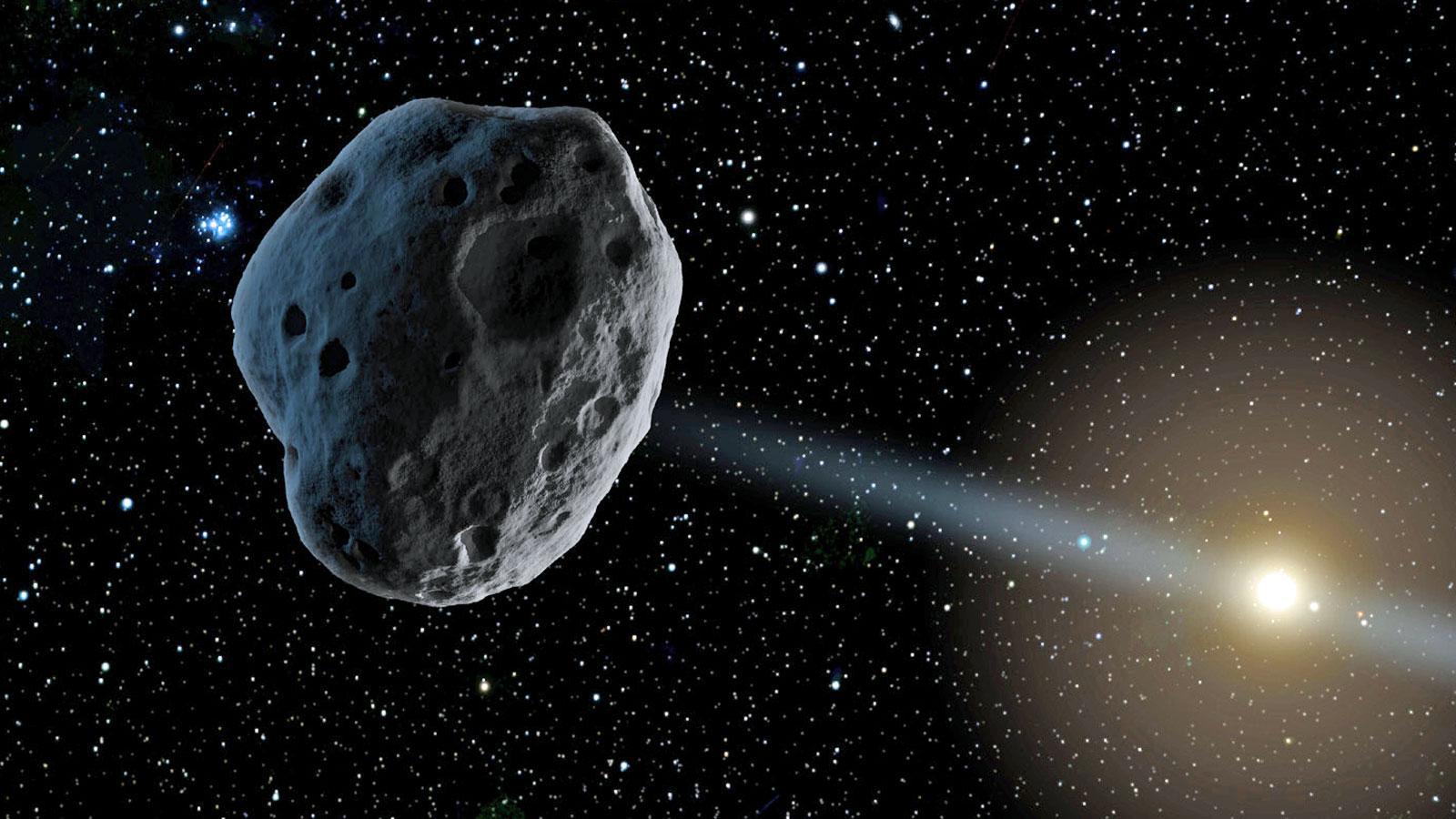
Source: Wikimedia
He continued, “One of the explanations of this extra mass is that the metal from the asteroid that formed this crater is still embedded in the Moon’s mantle.”
Metallic Core of the Asteroid Wedged Into Moon’s Upper Mantle
According to James, the structure, “whatever it is, wherever it came from,” produces enough force to weigh the Moon’s basin floor downward by over half a mile.

Source: Wikimedia
To truly test the theory, the researchers ran several simulations of large-scale asteroid impacts on the Moon. The results suggested that, under the correct conditions, the metallic core of an asteroid could be wedged into the Moon’s upper mantle upon impact.
Researcher Shares Final Thoughts on Origin of the Enormous Structure
“We did the math and showed that a sufficiently dispersed core of the asteroid that made the impact could remain suspended in the Moon’s mantle until the present day rather than sinking to the Moon’s core,” James said.

Source: Freepik
A second possibility theory could explain the large amount of mass embedded in the Moon’s mantle, suggesting it may have come as a result of dense oxides. This could have occurred as a magma ocean solidified on the celestial body.
Professor Speaks on South Pole-Aitken Basin
Researchers suggest the South Pole-Aitken basin was created around 4 billion years ago. It is the largest of its kind in the solar system. While larger examples may have once existed, all evidence of these is now lost.
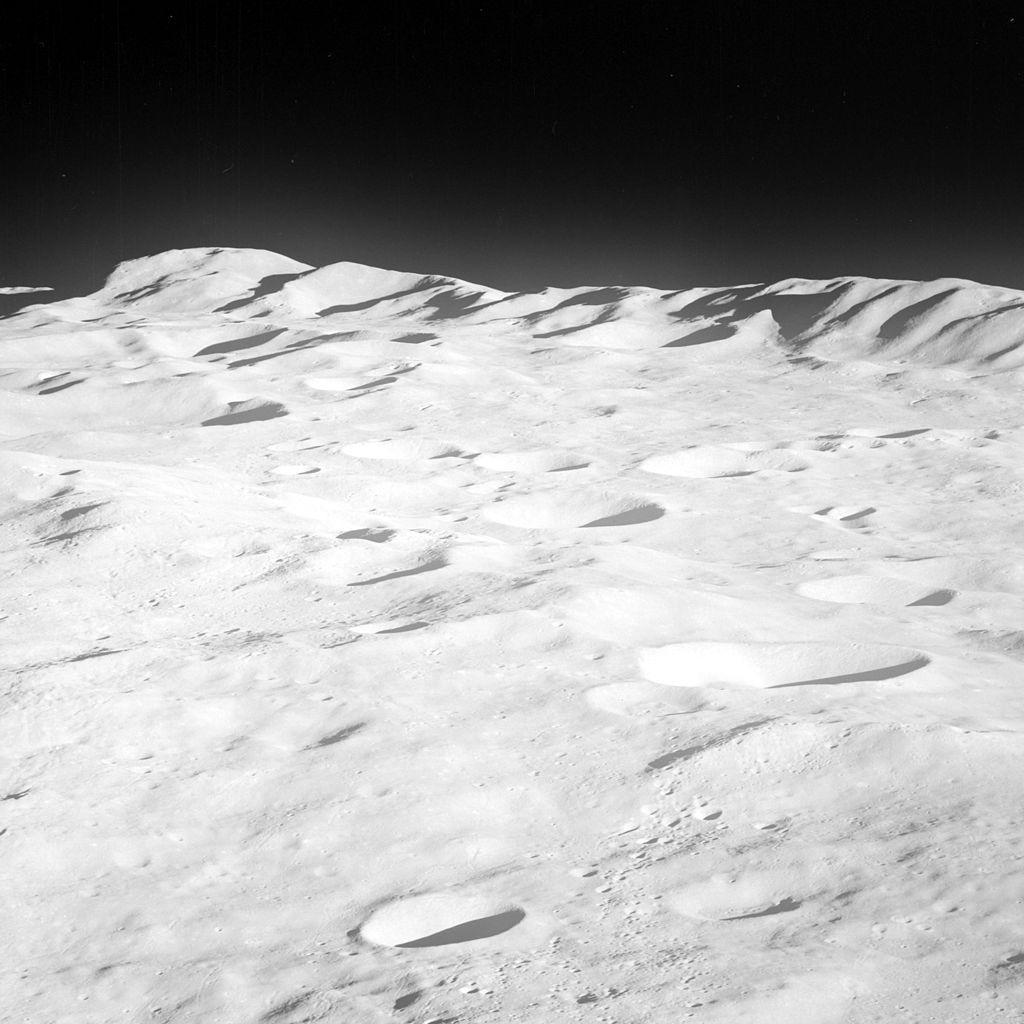
Source: Wikimedia
James called the basin “one of the best natural laboratories for studying catastrophic impact events, an ancient process that shaped all of the rocky planets and moons we see today.”
Impact on Lunar Base Planning
The discovery of the gigantic structure under the Moon’s surface has significant implications for lunar base planning. Understanding this structure’s composition and stability is crucial for selecting safe and resource-rich locations for future bases.
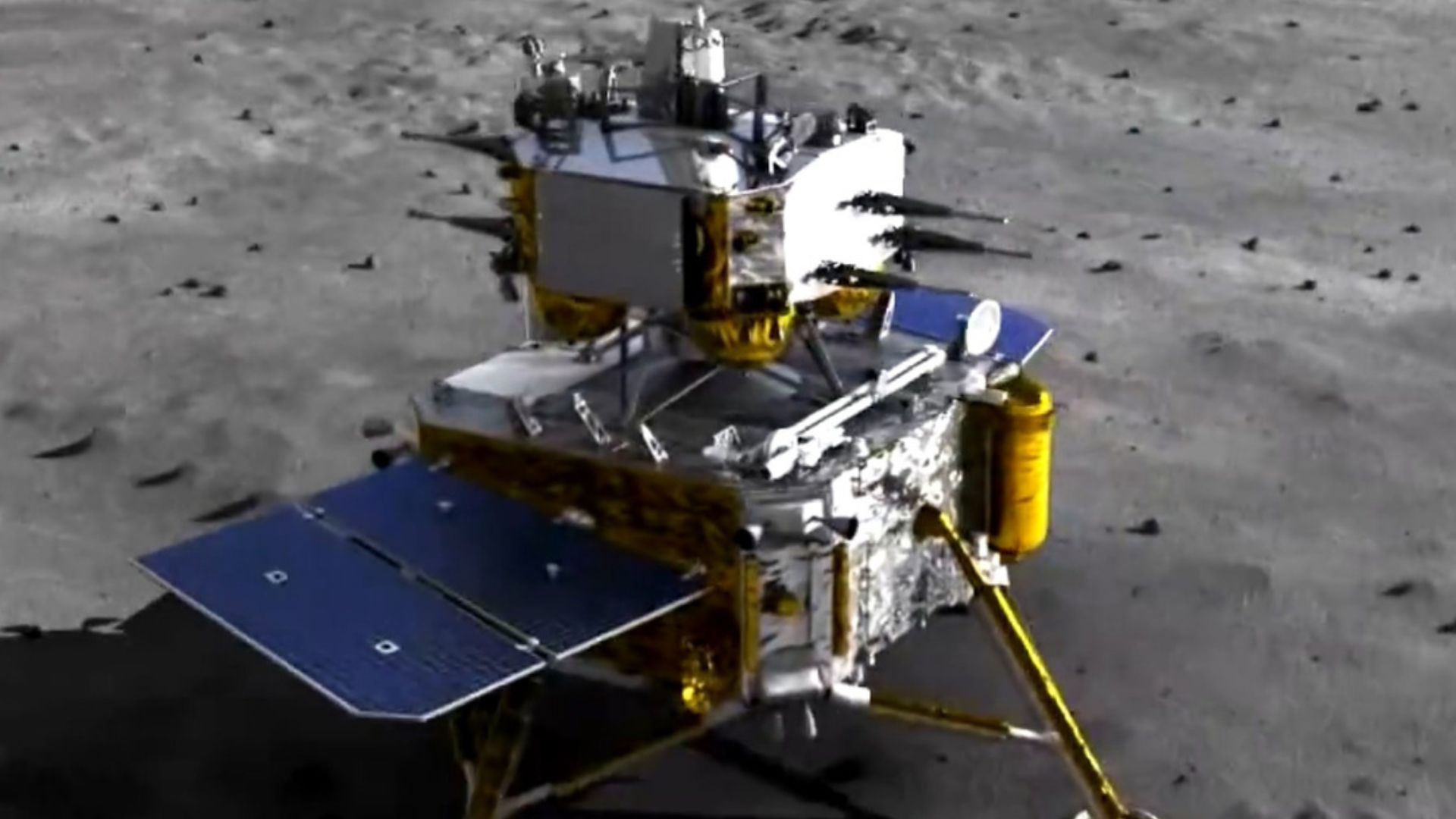
Source: China News Service/Wikimedia Commons
This knowledge can guide site selection to avoid potential hazards and harness valuable materials for construction and energy needs.
Influence on Scientific Research
This discovery opens new avenues for scientific research on the Moon. Future missions can focus on studying the structure in detail, providing insights into lunar geology and history.

Source: FMNLab/Wikimedia Commons
Researchers can design experiments and deploy instruments specifically to analyze the structure, potentially revealing new information about the Moon’s formation and evolution.
Role of GRAIL Mission
The GRAIL mission played a huge role in this discovery. GRAIL’s ability to map the Moon’s gravitational field allowed scientists to detect the hidden structure.
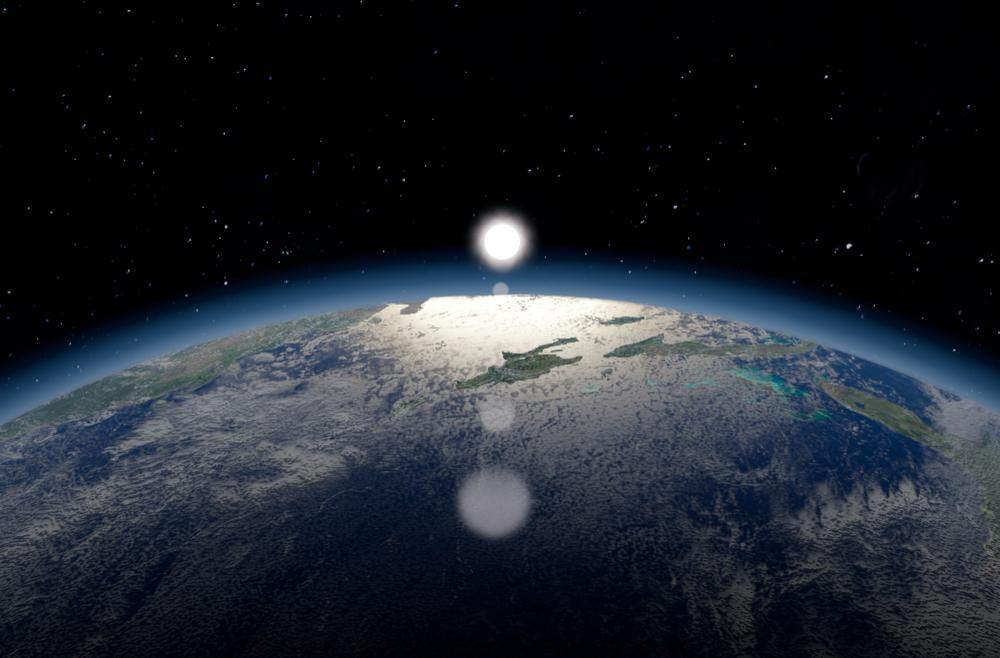
Source: Wikimedia
This showcases the importance of advanced technologies in uncovering celestial secrets and highlights the need for continued innovation in space exploration tools.
Advances in Lunar Imaging
Recent advancements in lunar imaging technologies have also contributed to this discovery. High-resolution images and topographic data from orbiters like the Lunar Reconnaissance Orbiter have provided detailed maps of the Moon’s surface and subsurface.
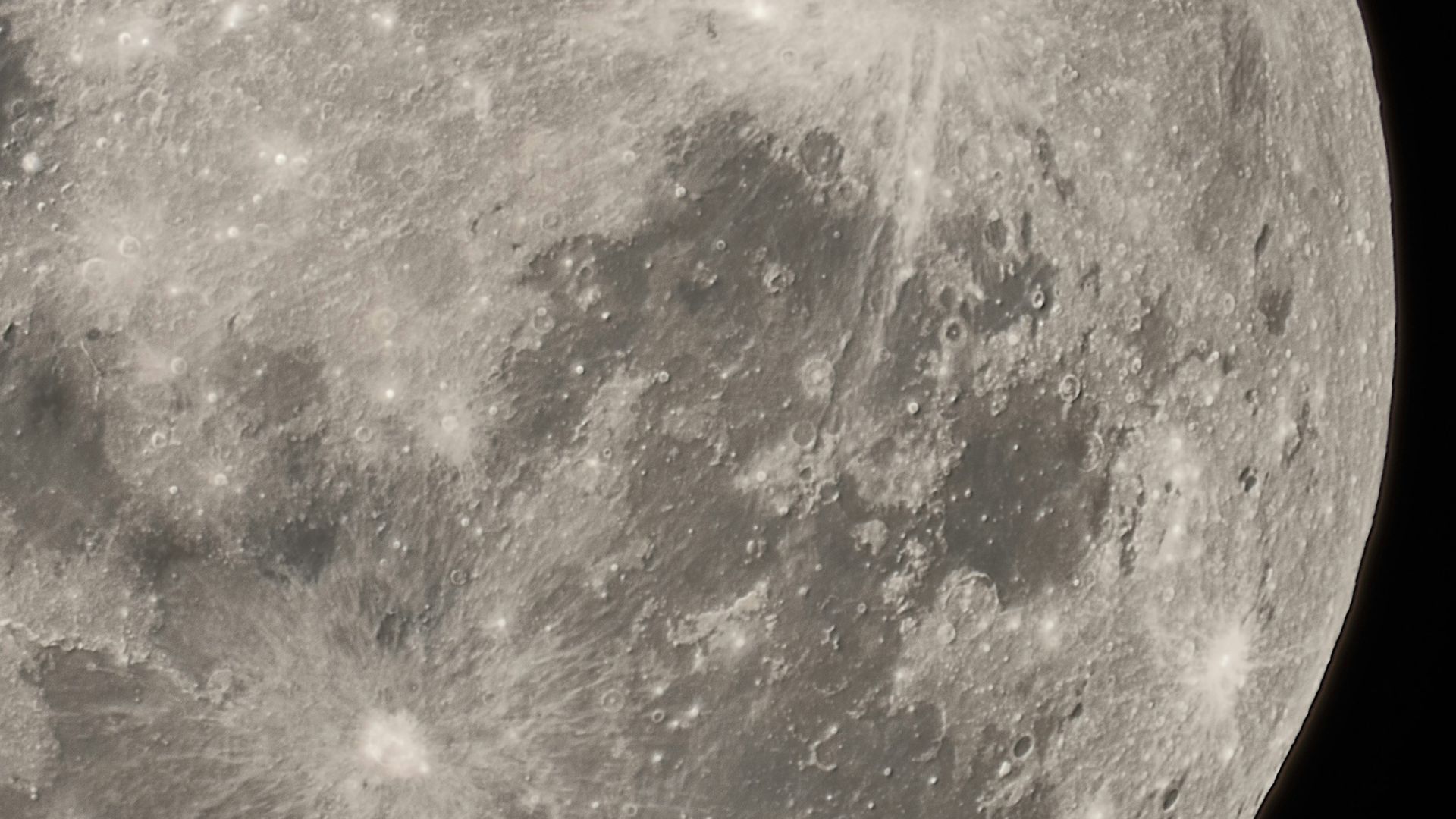
Source: Michael/Unsplash
These technologies enable scientists to conduct thorough analyses and make groundbreaking discoveries that were previously impossible.
Mars’ Ice Caps
Similar to the Moon’s hidden structure, Mars’ ice caps have revealed surprising insights about the planet’s climate and potential for life. Both discoveries highlight the importance of subsurface exploration in understanding planetary histories.
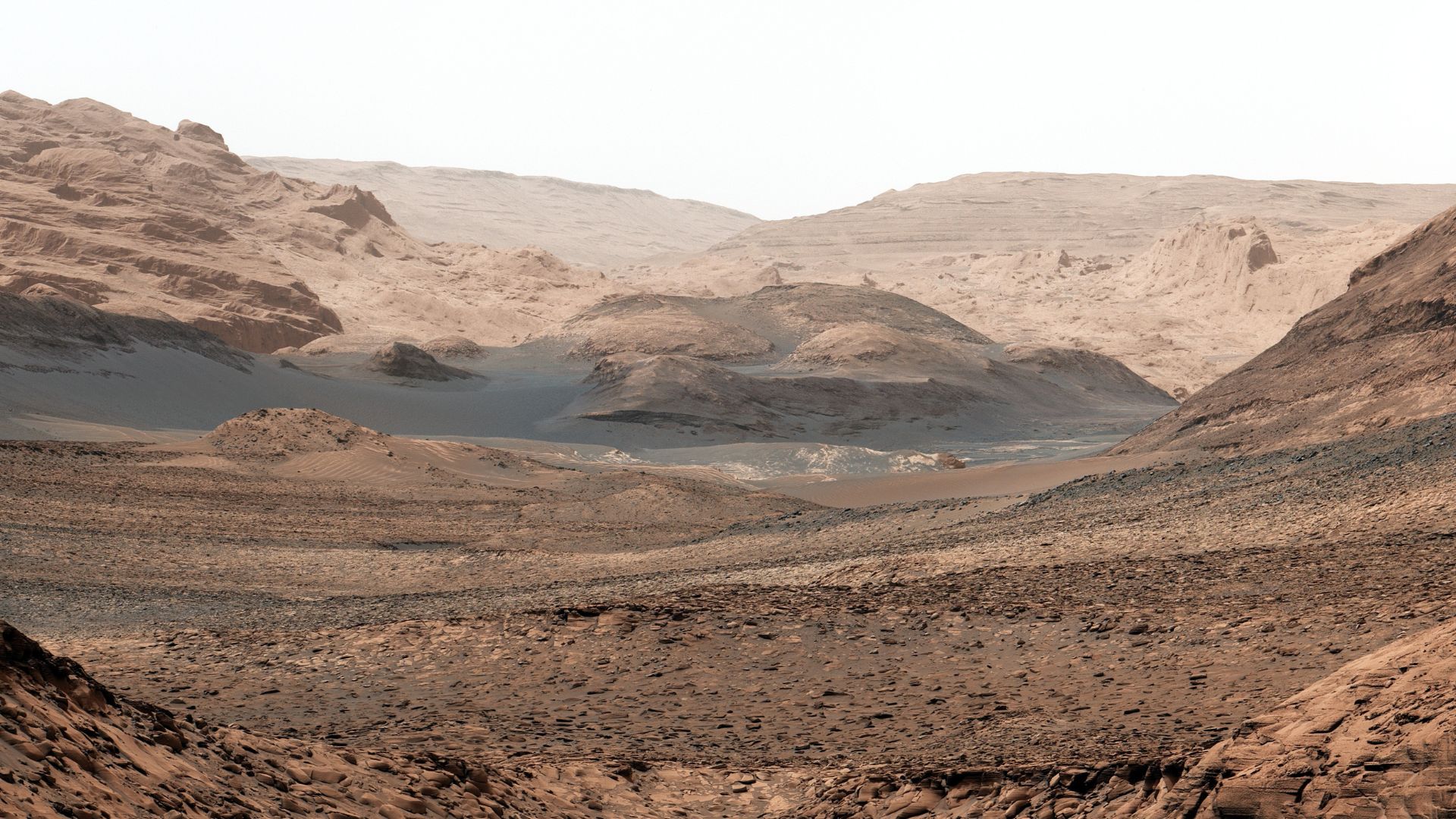
Source: NASA/Wikimedia Commons
Studying these features can provide clues about past environmental conditions and guide future missions aimed at uncovering hidden planetary secrets.
Europa’s Subsurface Ocean
The discovery of a subsurface ocean on Jupiter’s moon Europa parallels the Moon’s hidden structure in its potential to reshape our understanding of celestial bodies. Both findings suggest that moons can harbor complex geological features beneath their surfaces.
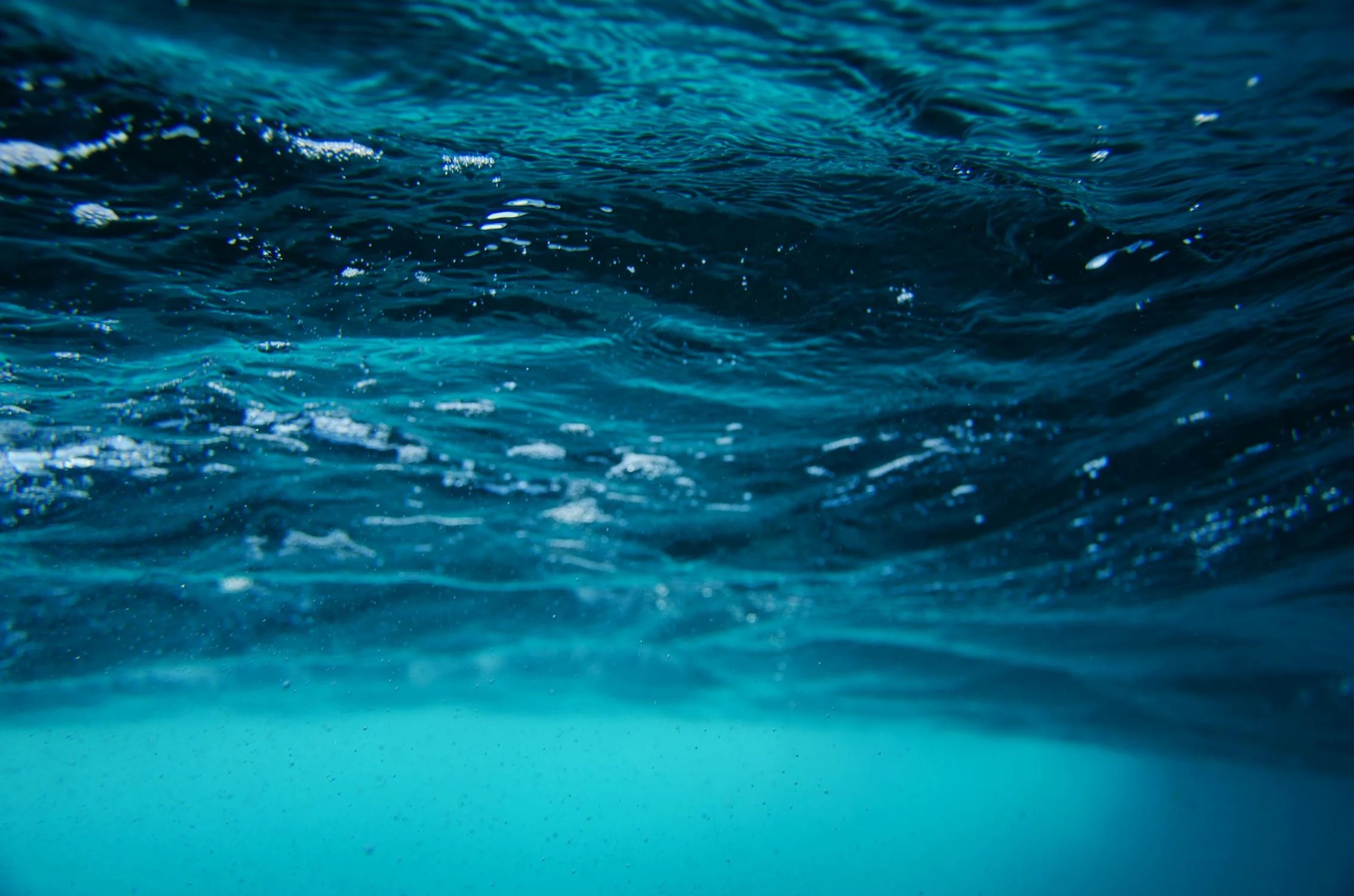
Source: Emiliano Arano/Pexels
These discoveries encourage scientists to look deeper and explore further, expanding our knowledge of the solar system’s diverse environments.
Economic Value of Lunar Resources
The composition may include valuable metals and minerals, presenting significant economic opportunities. Mining these resources could support not only lunar missions but also Earth’s industries.
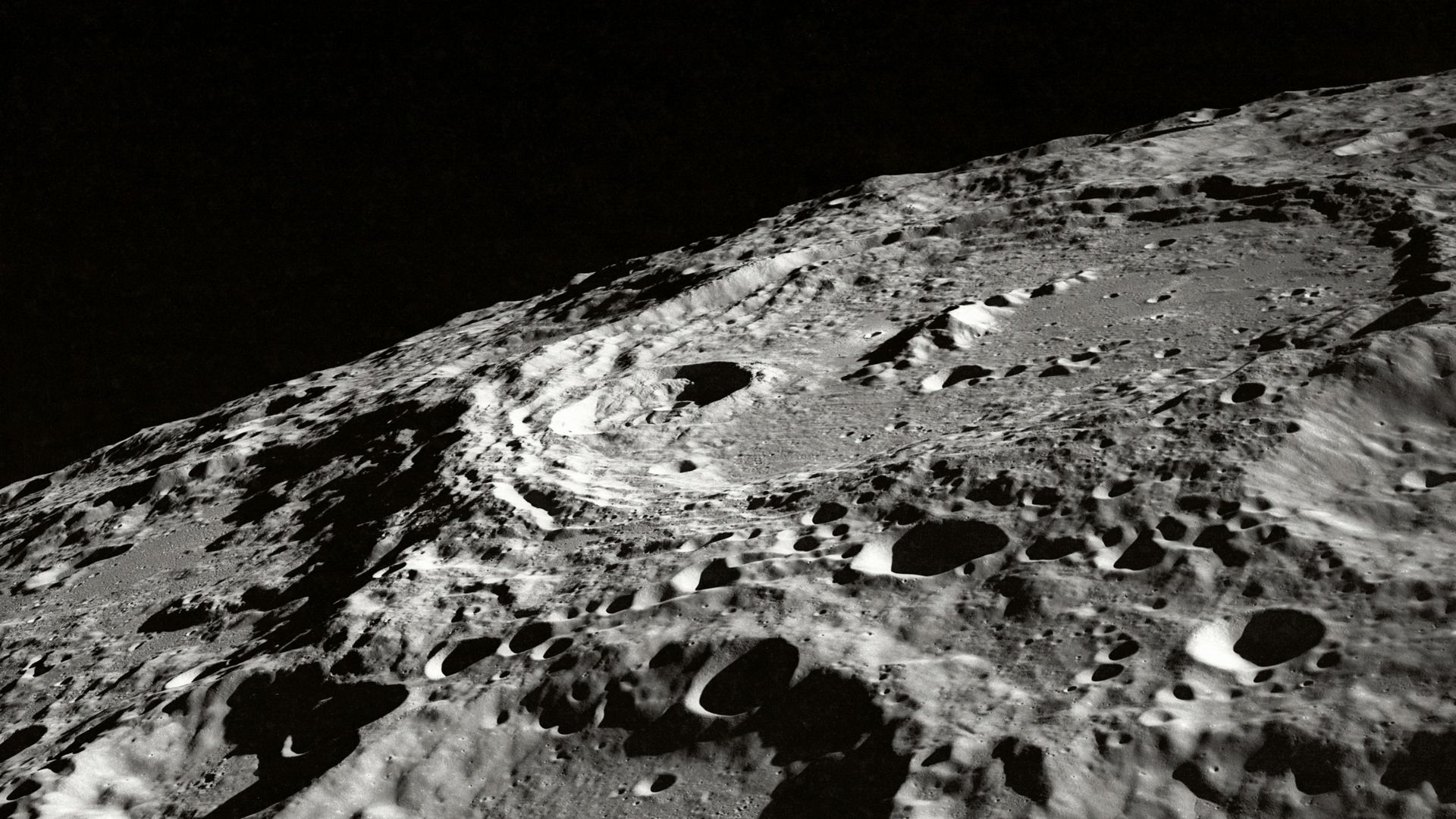
Source: NASA/Unsplash
Identifying and extracting these materials can drive technological advancements and economic growth, making lunar exploration a lucrative endeavor.
Scientific Value of the Structure
Beyond economic benefits, the structure holds immense scientific value. Studying its composition can reveal new information about the Moon’s geological history and the processes that shaped it.

Source: Dennys Hess/Unsplash
This knowledge can help our understanding of planetary formation and evolution, contributing to broader scientific knowledge and future exploration efforts.
Unconventional Theories
Some scientists speculate that the structure could be a remnant of an ancient lunar volcanic activity. If true, this could indicate that the Moon once had a more dynamic geological history than previously thought.
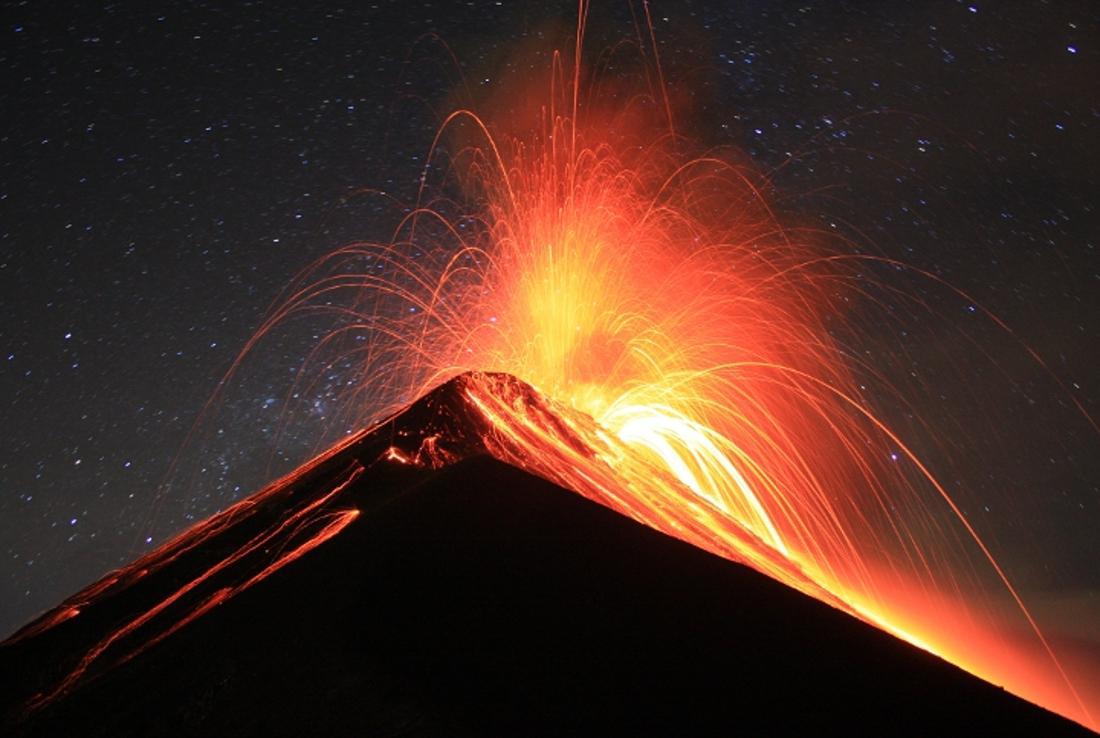
Source: Wikimedia
Exploring these unconventional theories can lead to new hypotheses and experiments, driving further research into the Moon’s past.
Alien Megastructure Hypothesis
While highly speculative, some fringe theories propose that the structure might be an ancient alien megastructure. Although not widely accepted, such ideas spark public interest and debate, encouraging more people to engage with space science.
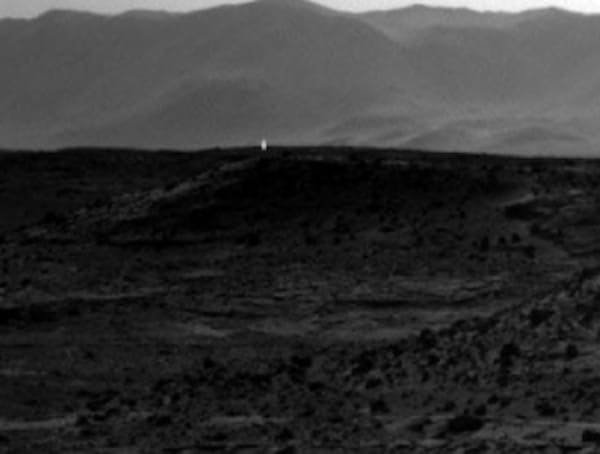
Source: NASA
Investigating these hypotheses, even if unlikely, can stimulate creativity and innovation in scientific exploration.
Studying Impact Events
The Moon’s South Pole-Aitken Basin serves as a natural laboratory for studying catastrophic impact events. The discovery of the hidden structure within this basin provides a unique opportunity to understand the effects of large asteroid impacts.

Source: Wikimedia
Researching this can offer insights into similar events on Earth and other planetary bodies, helping us prepare for potential future impacts.
Insights into Planetary Formation
The Moon’s structure can also provide valuable insights into the process behind planet formation. By studying how such structures form and evolve, scientists can develop better models of planetary development.
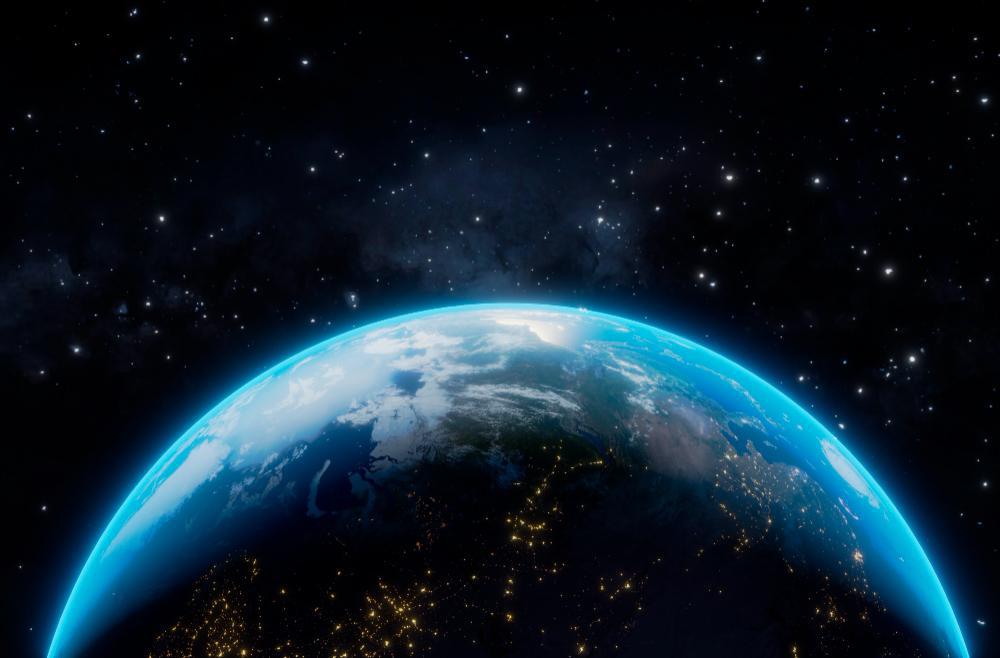
Source: Wikimedia
This knowledge can be applied to other planets and moons, improving our understanding of the solar system’s history and the formation of Earth-like planets.
